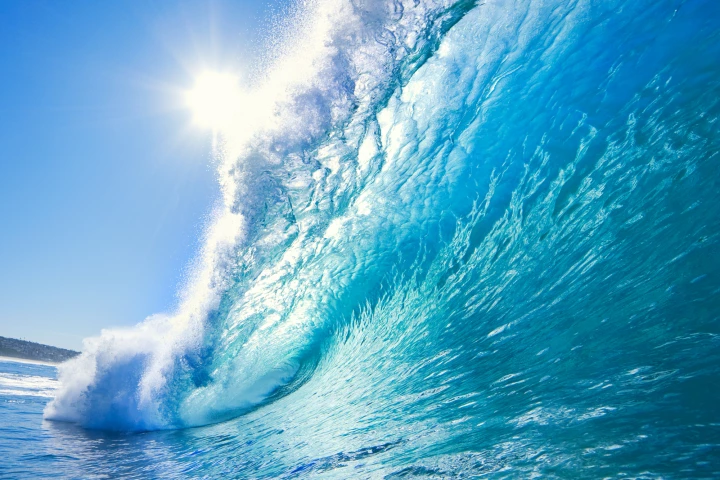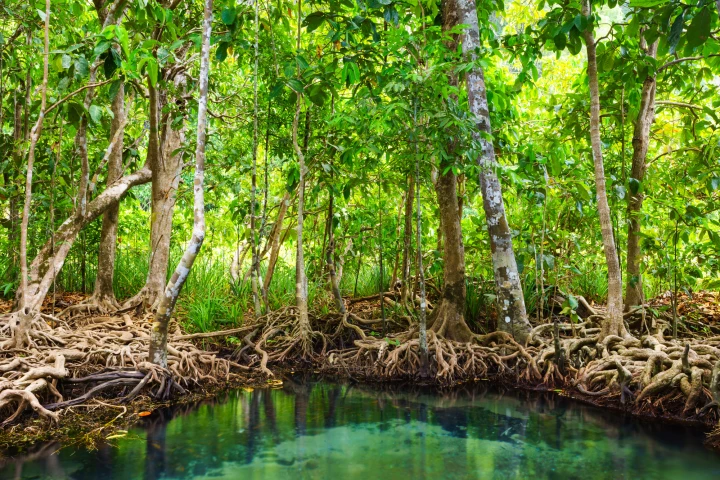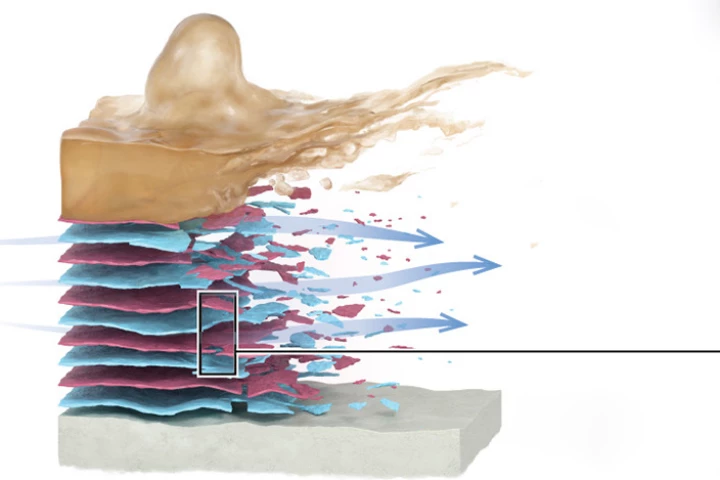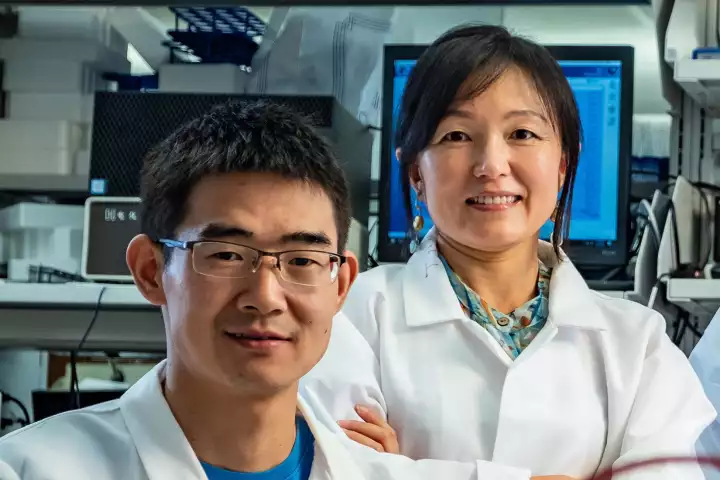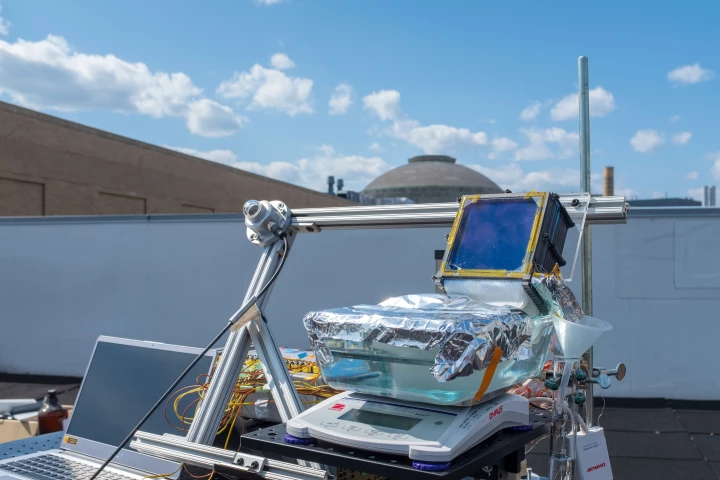Desalination
-
The James Dyson Award is an international competition to encourage students to get creative to solve the world's pressing problems. The national finalists have been announced for 2021, showcasing ideas that help people and the environment.
-
The vast majority of water on Earth is undrinkable, but desalination could be a vital technology to meet the world’s drinking water needs. Now, Korean engineers have developed a new nanofiber membrane that can operate efficiently for long periods.
-
Engineers at Virginia Tech have developed a new, more efficient solar still design. Inspired by mangrove roots, the "synthetic tree" mimics the natural process of transporting water up through roots and stems into leaves.
-
The ocean holds billions of tons of lithium, and scientists have just tested a new way of extracting it, with a device that takes in seawater and pumps out freshwater and lithium phosphate – plus more than enough H2 and chlorine to pay the power bill.
-
Water scarcity is one of humanity’s most pressing problems. Now, engineers at Caltech have developed a system that can tap into two sources to produce drinking water, by purifying dirty water during the day and collecting droplets from fog overnight.
-
Desalination is an important technology that may help expand the world’s supply of drinking water. Now, engineers in China have demonstrated a new, relatively simple design for a solar still with a high efficiency and low cost.
-
While reverse osmosis is a relatively energy-efficient form of seawater desalination, it is nonetheless made less efficient by a problem known as biofouling. A new membrane coating, however, could address biofouling like never before.
-
Some types of water are too salty for current desalination systems to handle. Scientists have now developed a potential solution to this problem, with a solar-powered desalination system that resists corrosion thanks to a special coating.
-
Clean drinking water is a need that’s going unmet for many people. A new study has used a metal-organic framework (MOF) to filter pollutants out of seawater, generating large amounts of fresh water per day while using less energy than other methods.
-
Whether they're travellers or people living in developing nations, many folks may find themselves near the ocean and in need of drinking water. That's where the QuenchSea is made to come in, as it's a portable, relatively cheap desalination device.
-
Desalination is an important technology that may help unlock more drinking water, and now two independent teams have developed new types of solar-powered desalination systems using very different mechanisms.
-
One opportunity for improvement when it comes to water desalination tech lies in the materials used for filtration systems, with scientists now putting forward a wood-based alternative to the plastic-based membranes currently in use.
Load More

